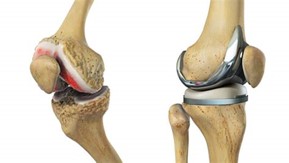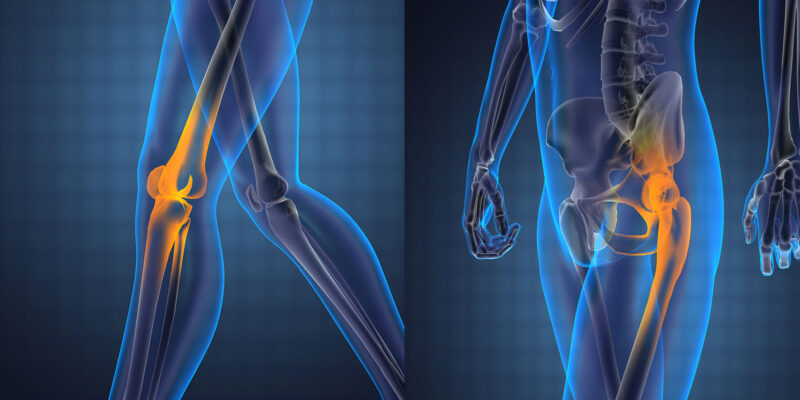Dr Allegra is now performing total joint replacement surgery on selected patients in an outpatient setting. Hip and knee replacement can now be performed in a same day surgery setting in the hospital or even a surgical center. Overall stays in hospitals, when necessary, are reduced to one or two days in the majority of patients.
If you have ever suffered from joint pain, you will know it can be excruciating…especially your knee and your hip. You don’t realize how often you use a joint until it screams at you in pain.
Unfortunately, due to Covid19, so many people are living with the pain to avoid doctors’ appointments and elective surgery. At Allegra Orthopedics, we have taken all precautions to keep our patients and staff safe. That being said, do not suffer needlessly.
Joints are moving parts that can become weak and painful. The layer of cartilage which protects the bones from rubbing against each other thins and erodes over time. The rubbing of bone on bone limits your range of motion and impacts your daily life with pain.
Knee Replacement Surgery, or arthroplasty, has come a long way and is now one of the most common bone surgeries in the United States with over 600,000 being performed annually. We offer several options depending on what your need is:
- Total knee replacement- replaces the surfaces of the thigh bone and shin bone that connects to the knee.
- Partial knee replacement-minimally invasive procedures if you have strong knee ligaments and the rest of the cartilage in the knee is normal.

This type of surgery involves removal and replacement of damaged parts of the hip joint that have irreversible damage. Over 300,000 hip replacement surgeries are performed in the United States every year.
Hip replacement surgery can be performed traditionally, or by using what is considered a minimally invasive technique. The main difference between the two procedures is the size of the incision. Dr. Allegra can explain your options and help you understand the risks and benefits of each type of surgery.

Dr Allegra is performing total joint replacement surgery on selected patients in an outpatient setting. Hip and knee replacement can now be performed in a same day surgery setting in the hospital or even a surgical center. Overall stays in hospitals, when necessary, are reduced to one or two days in the majority of patients. Speak to Dr. Allegra about whether your individual needs qualify for this. How and where you recover depends on you and your individual needs.
Our most popular post-surgery comment from patients who have had either surgery tends to be “Why did I wait so long?”. Your day-to-day suffering with the painful joints so outweighs the surgery and recovery.
Dr. Marshall P. Allegra is a board-certified orthopedic surgeon in private practice in Monmouth County for over 25 years. As an experienced diagnostician, Dr. Allegra can expertly determine injuries, and then determine the best treatment options to return you back to your normal life, restoring functionality and range of motion as quickly as possible and avoiding long term implications.
Think well, live well, be well.
Dr. Marshall P. Allegra
879 Poole Avenue, Hazlet New Jersey, 07730
Phone: (732) 888-8388





